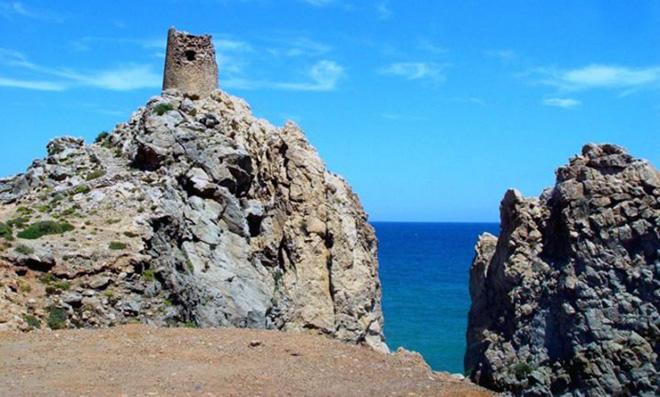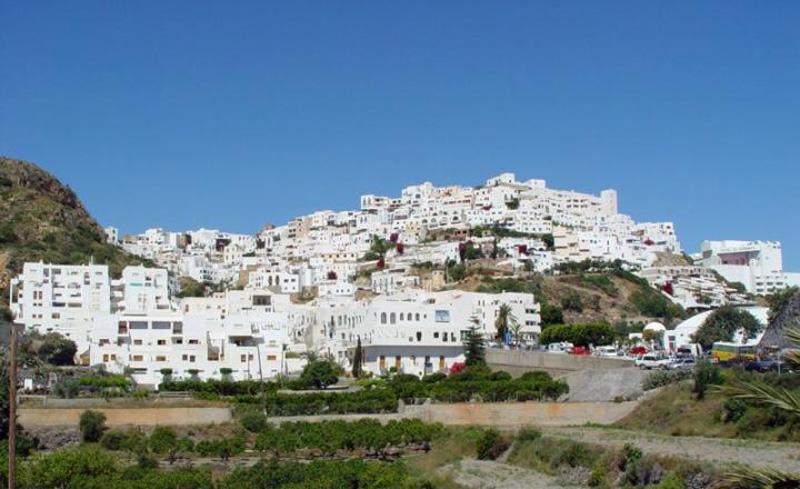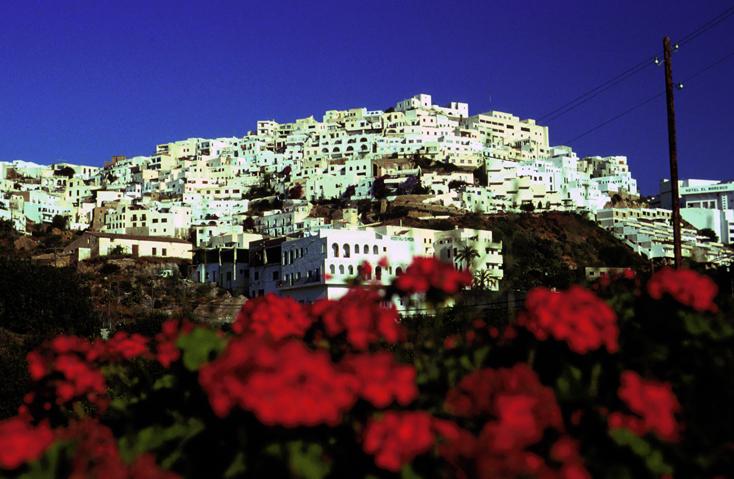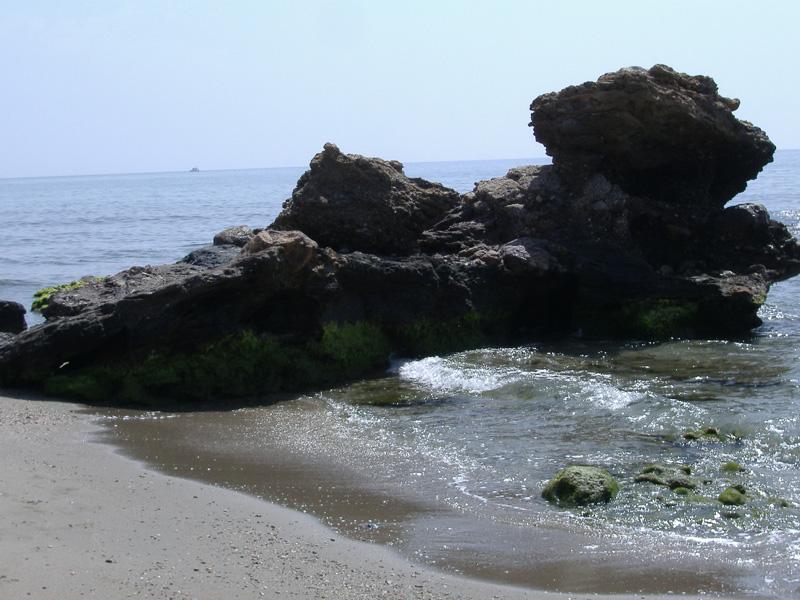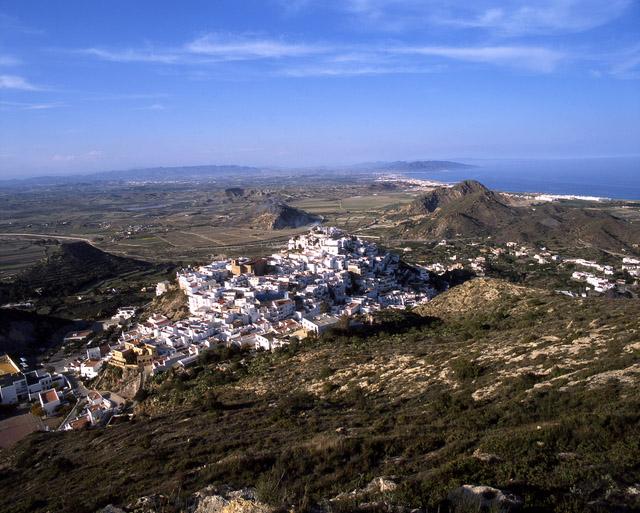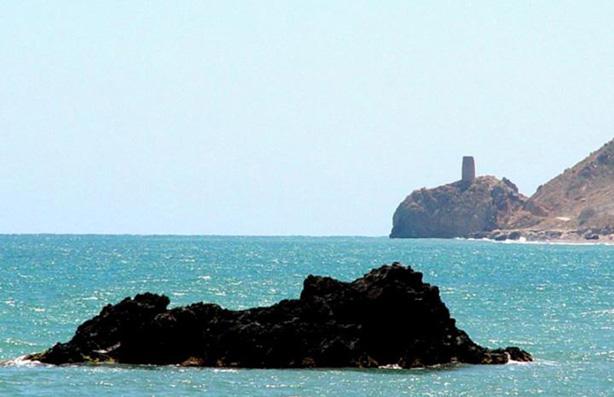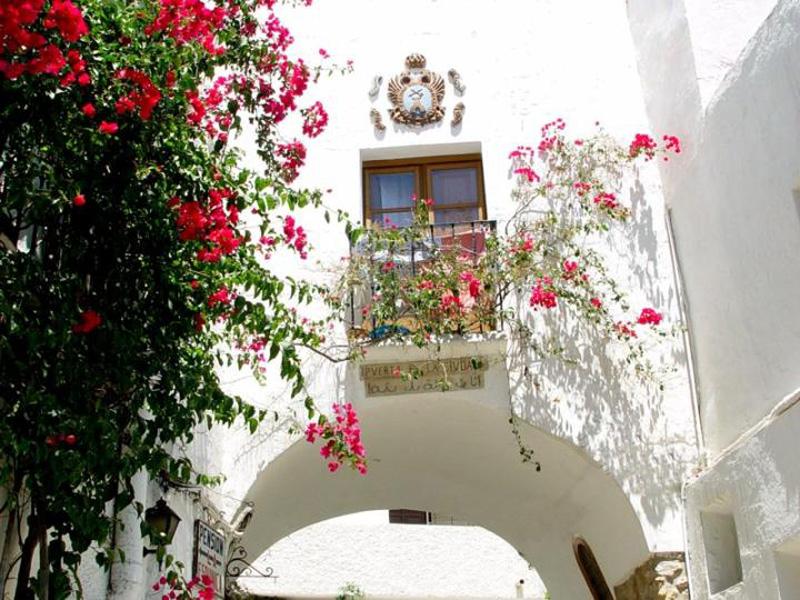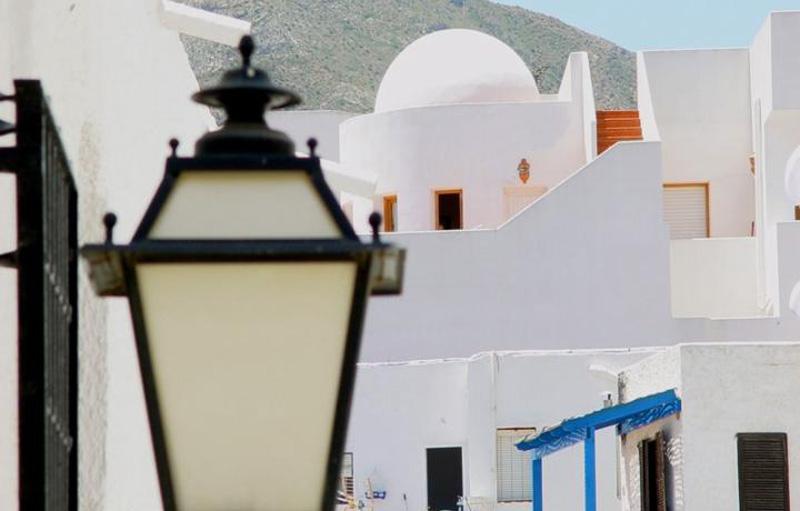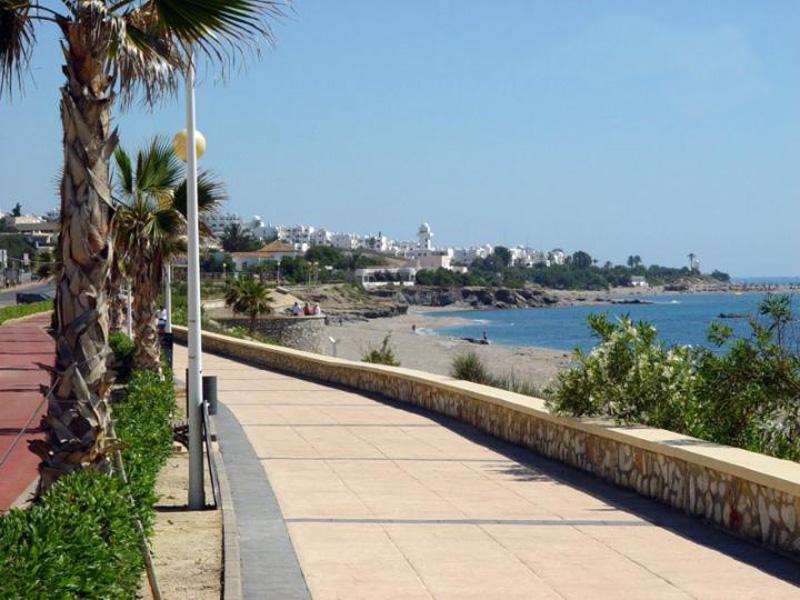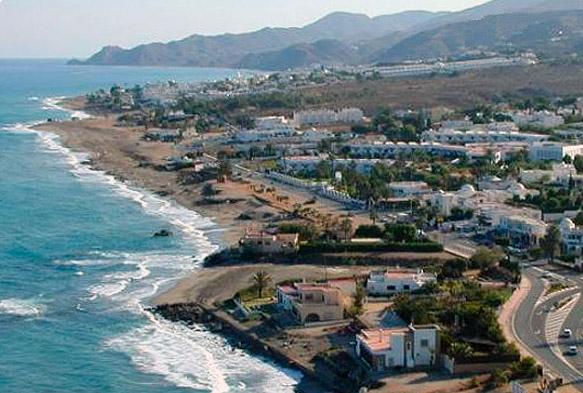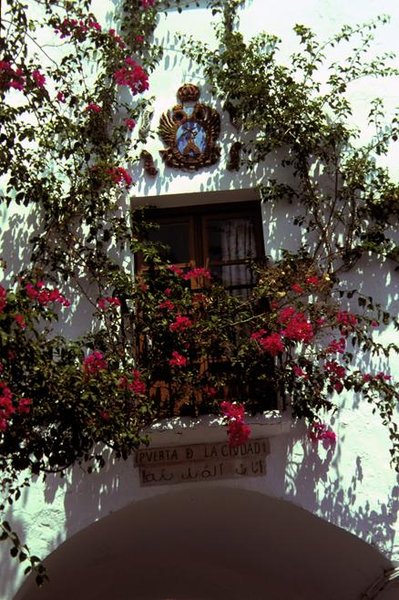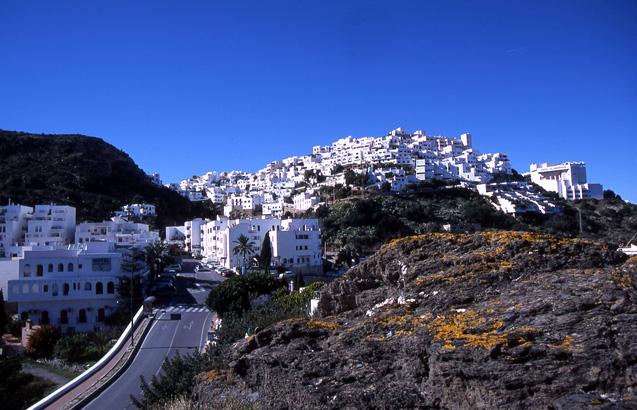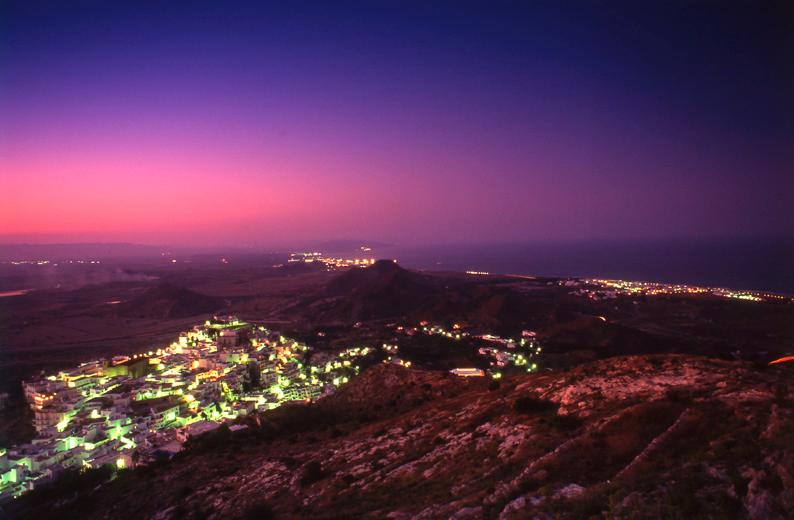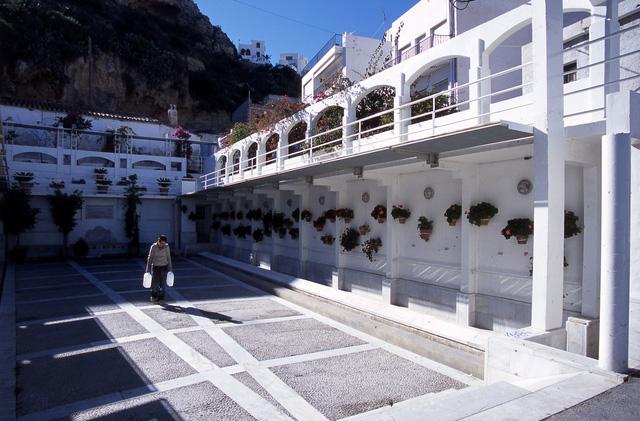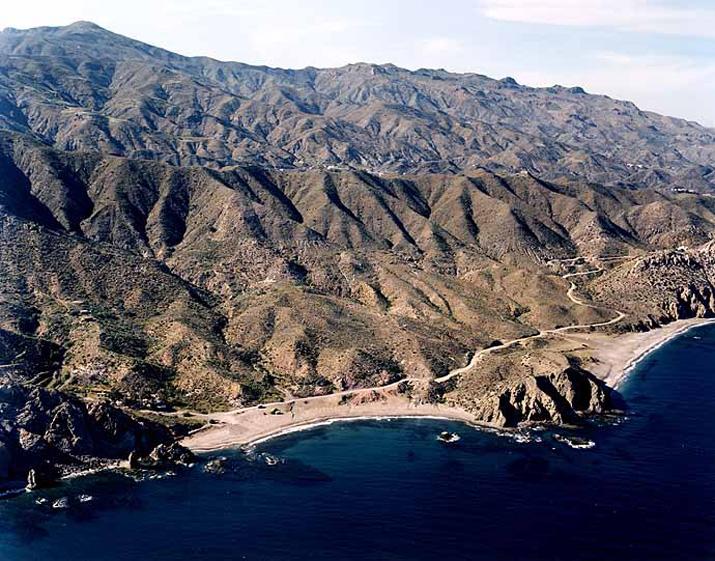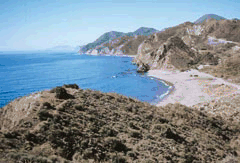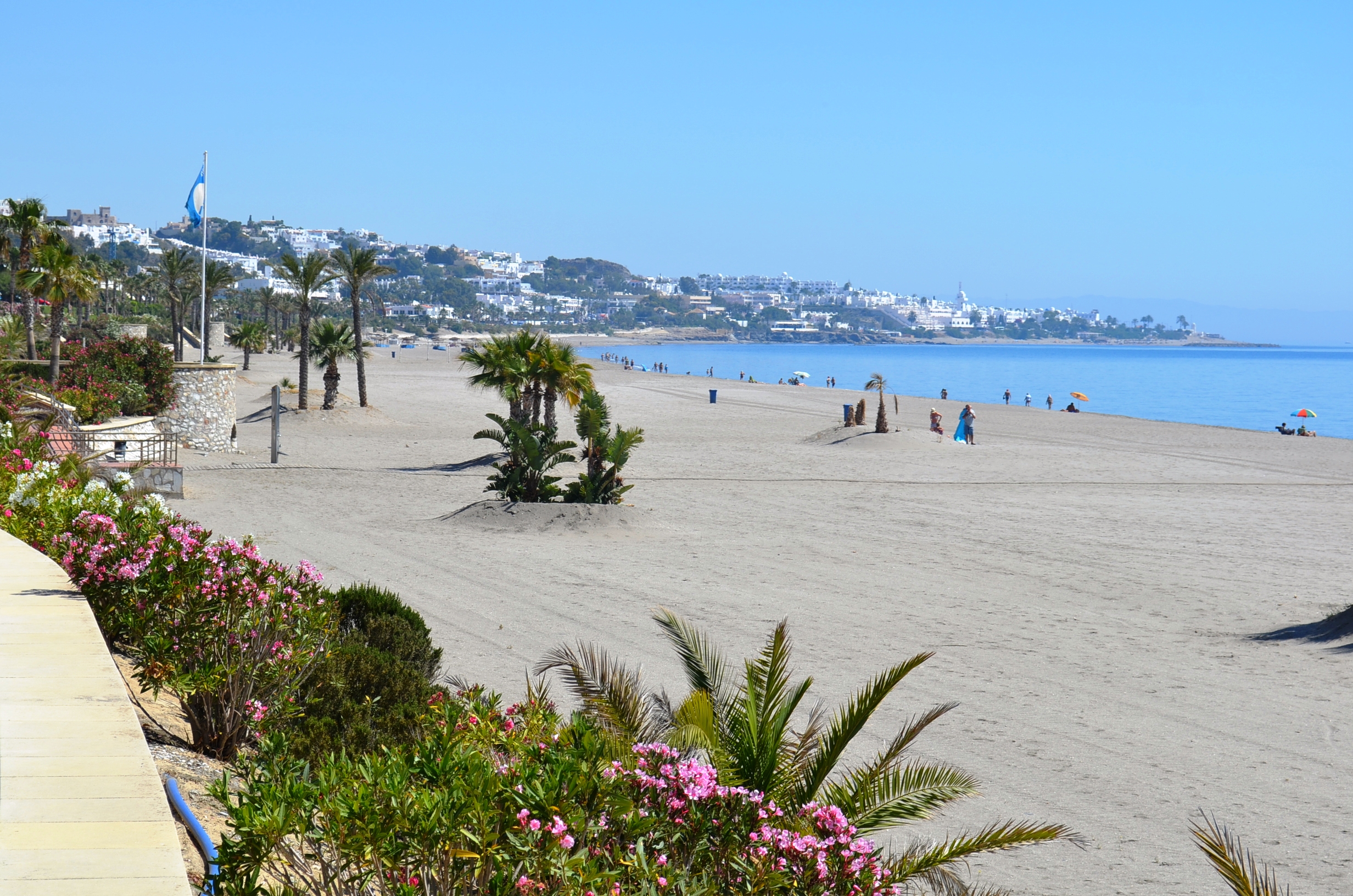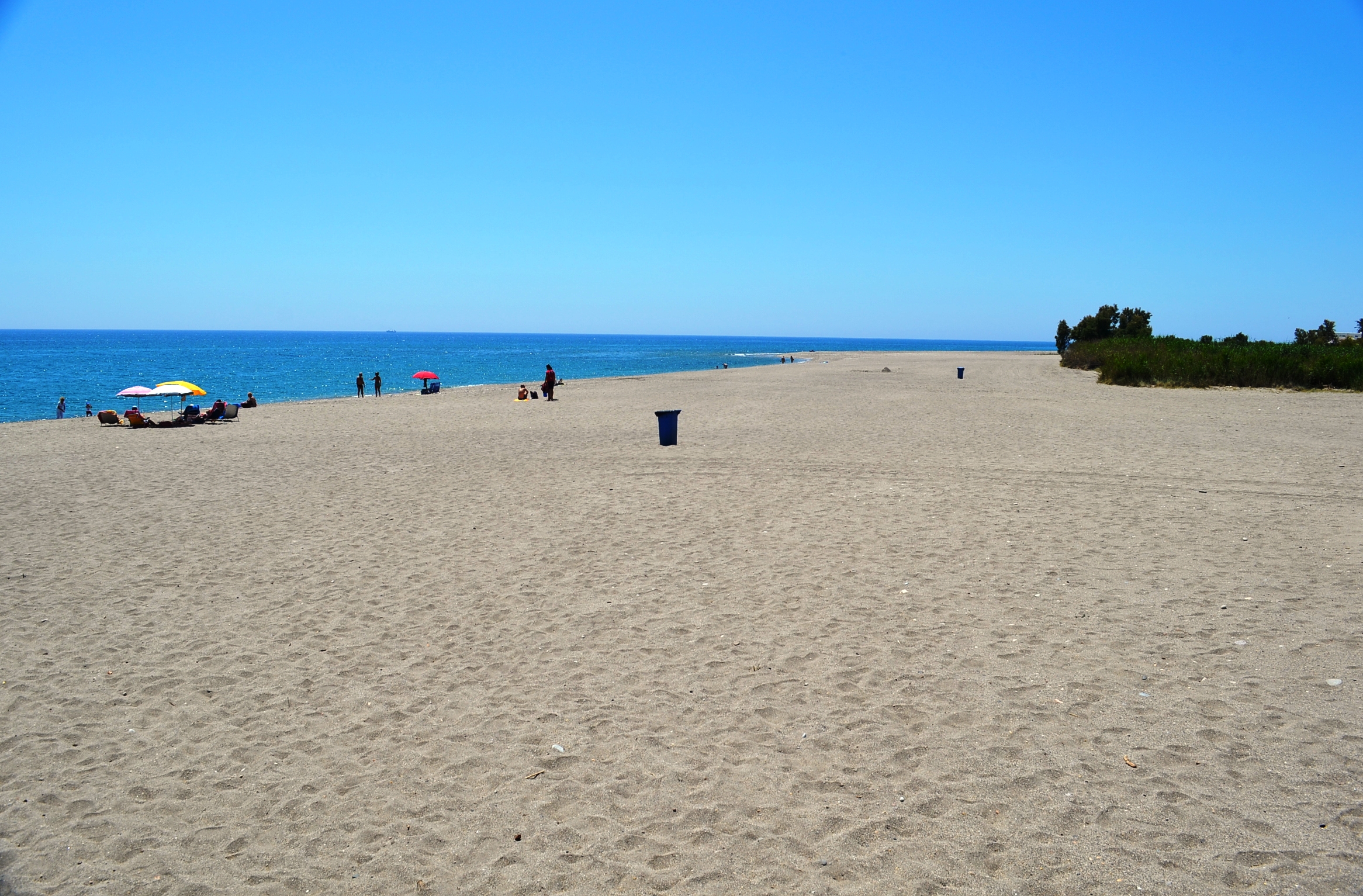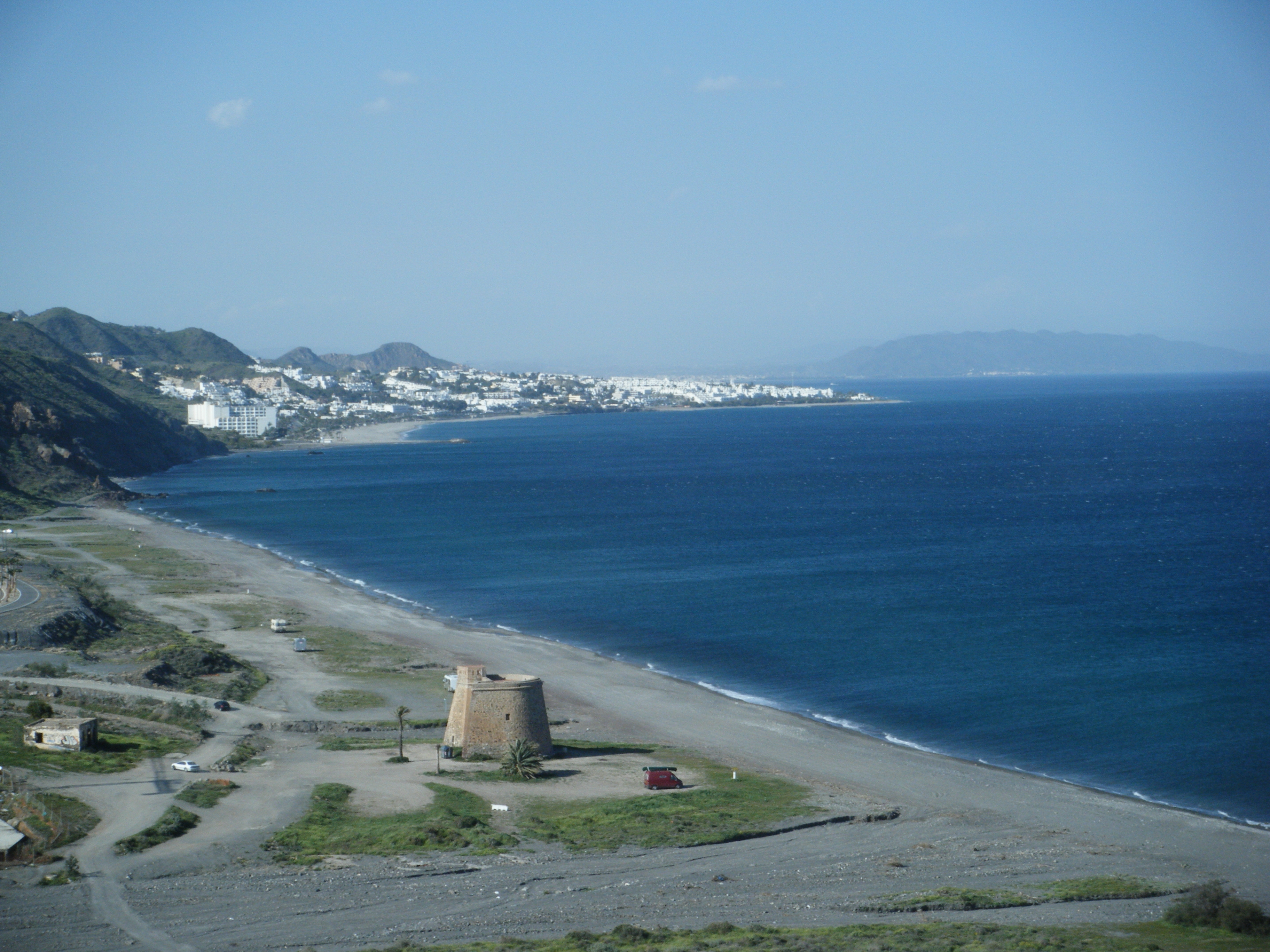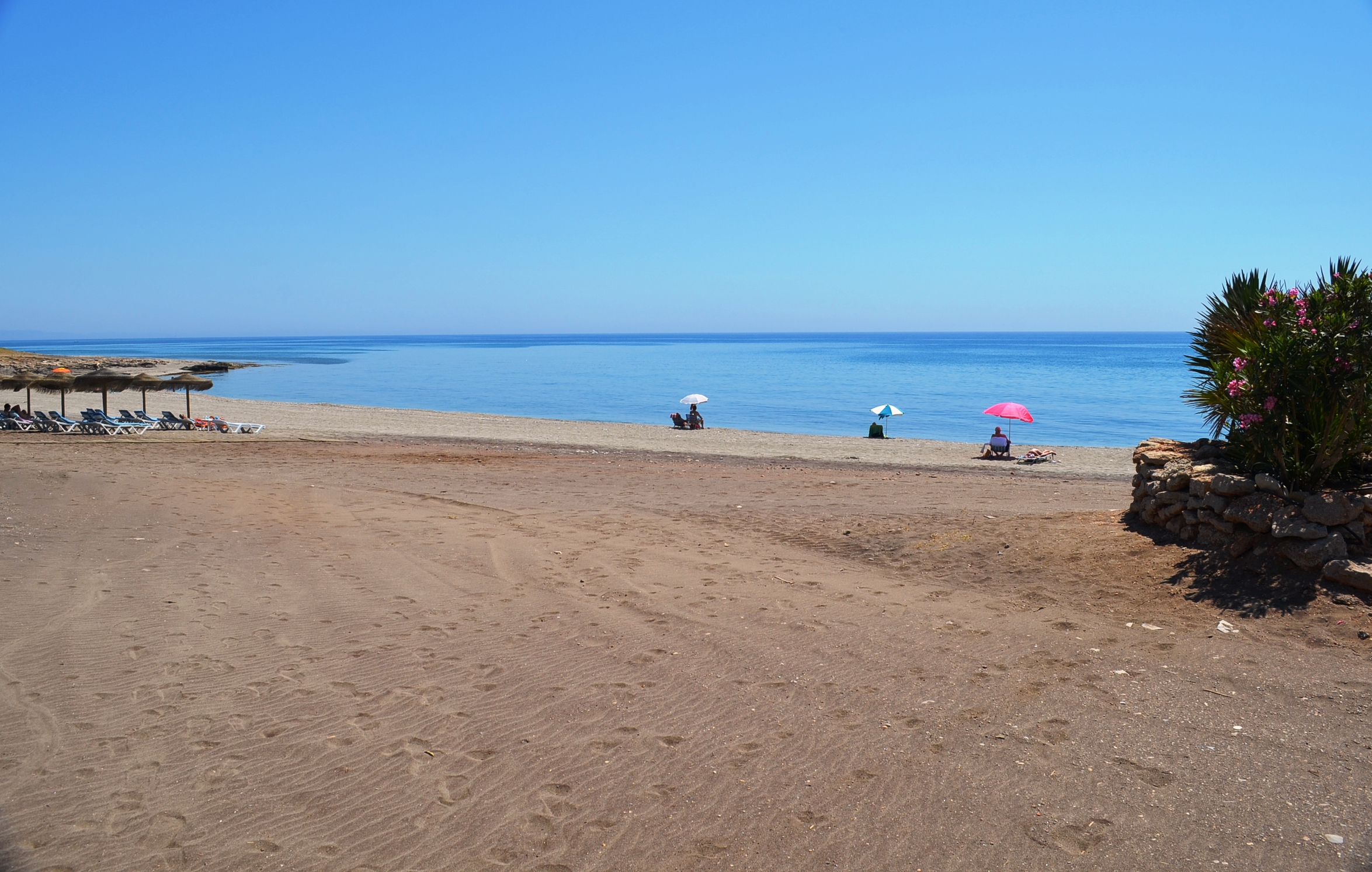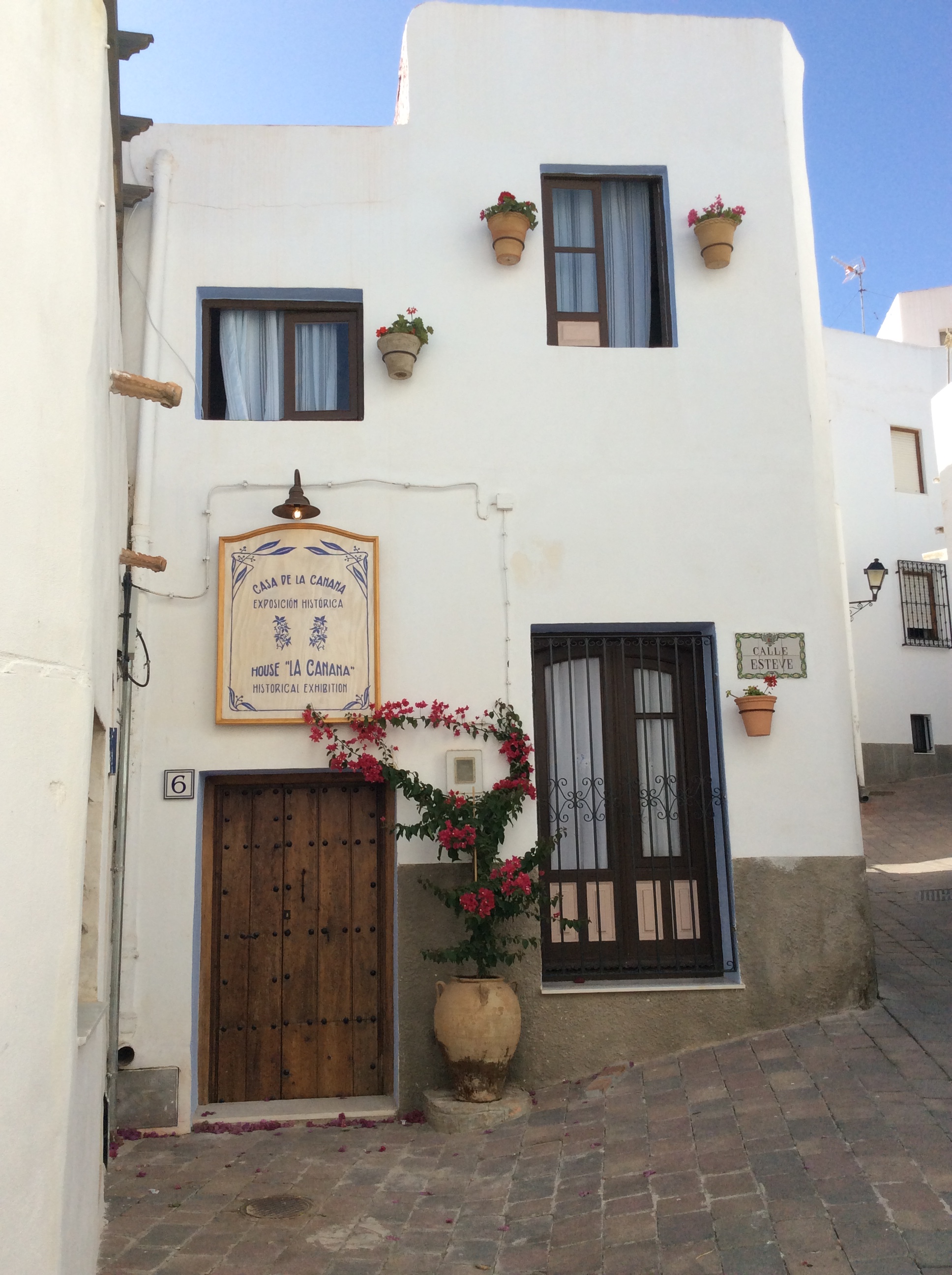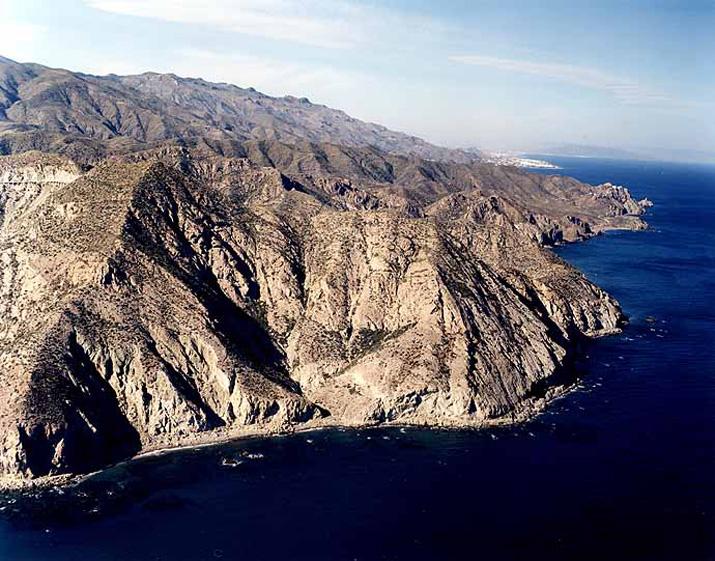Mojácar
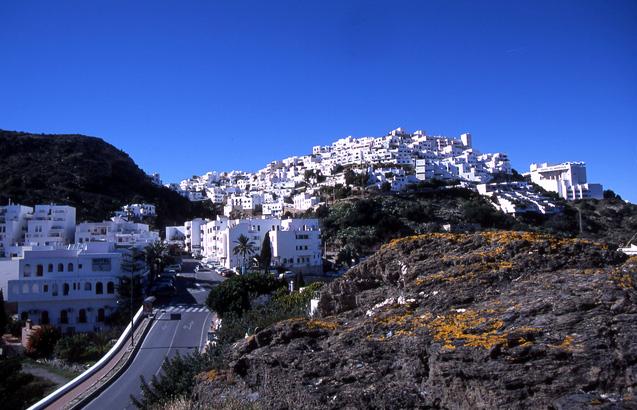
Perhaps this is the most beautiful village in the province, perhaps the most exotic, perhaps the village that has best preserved its Moorish physiognomy, perhaps....
No more "perhapses', what is true is that Mojacar, a village situated on the eastern coast of Almería, is a beautiful village which in many details of its architecture appears to come from another time and another culture. It possesses numerous charms and tourist attractions such as the landscape and its beaches and is well worth a visit.
History
The old location of the town was on a hill near the sea, called Mojácar la Vieja. For some historians it was the old Iberian town of Meschech or Mastia; it welcomed Phoenicians, Carthaginians and Romans.
The new town was called Murgis-Akras, "Murgis on the heights', later it was called Mucacra, Mosaqar and Moxacar. It was on the border between two Roman provinces, Betica and Tarraconense.
In the first years of the VIII century, it belonged to the province of Tudmir. During the Caliphate of Cordoba it remained loyal to the authorities of the Caliphate and when this was dismembered it was conquered by the sultan from Seville, Al-Mutamid. During the nazari period it was also on the border between the Kingdoms of Granada and Murcia.
Apparently on 10 June 1488, the Catholic Monarchs, who were in Vera, sent Captain Garcilaso de la Vega to talk to the governor of Mosaqar Alabez. The latter made the Captain see that he was as much from this land as anybody and that instead of treating him as an enemy he would treat him as a brother and he asked to be permitted to continue working the land. His petition was accepted and Moors and Christians carried on living side by side.
With the Moorish revolts of 1568-1570, the rebels proposed to the future Marquis of Torrealta that he would be made king if he joined in the rebellion, which he rejected. The Moors were not expelled from Mojacar.
Between the XVI and XIX centuries, it was surrounded by a wall and it still preserves the only door that the wall had.
The symbol of the town, the Indalo (a figure of a man), was taken from one of the figures of the Cave of Signs (Cueva de los Letreros) in Velez-Blanco. It has become the symbol for the whole of Almeria.
From the 60s onwards, it became a tourist destination par excellence for musicians, painters and artists in general which increased its possibilities as a tourist resort. In spite of speculation and damage to the landscape, it has managed to preserve the flavour of an Arabic town perfectly linked to its surroundings.

- Max 14
- Min 13
- Max 57
- Min 55
- °C
- °F


